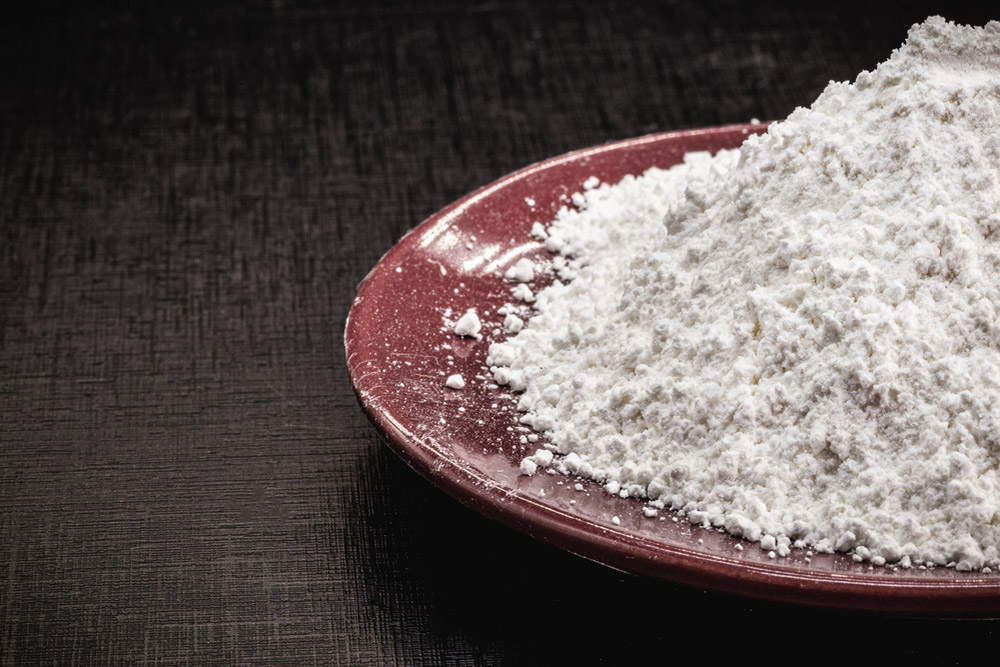Introduction to Cellulose Ether
Cellulose ether is a versatile and widely used chemical compound derived from cellulose, the most abundant natural polymer found in plant cell walls. At KIMA CHEMICAL CO., LTD, we specialize in producing high-quality Cellulose ether products tailored for diverse industrial applications. Understanding the structure, modification, and manufacturing processes of cellulose ether is essential to appreciate its unique properties and wide-ranging uses.
What is Cellulose Ether?
Cellulose ether refers to a family of water-soluble polymers obtained by chemically modifying cellulose through etherification. The modification involves substituting some of the hydroxyl groups (-OH) in cellulose with ether groups, which alters the physical and chemical properties of the polymer. This process results in cellulose derivatives with enhanced solubility, stability, and functionality compared to native cellulose.
Structure of Cellulose Ether
Cellulose ether retains the fundamental cellulose backbone, which consists of linear chains of β-D-glucose units linked by β-1,4-glycosidic bonds. The difference lies in the substitution of hydroxyl groups on the glucose units with ether functional groups such as methyl, hydroxypropyl, or carboxymethyl groups.
This substitution pattern influences the degree of substitution (DS), a critical factor affecting solubility, viscosity, and film-forming ability. The DS is the average number of ether groups attached per glucose unit and usually ranges from 0.3 to 3, depending on the desired properties.
Types of Cellulose Ether
There are several types of cellulose ether, each characterized by different ether groups. These types include:
1. Methyl Cellulose (MC)
Methyl cellulose is produced by substituting some hydroxyl groups with methyl groups (-CH3). It is widely used as a thickener, emulsifier, and stabilizer in industries such as food, pharmaceuticals, and construction.
2. Hydroxyethyl Cellulose (HEC)
Hydroxyethyl cellulose involves substitution with hydroxyethyl groups (-CH2CH2OH). It exhibits excellent water retention and film-forming properties, making it valuable in personal care and paint formulations.
3. Hydroxypropyl Cellulose (HPC)
This cellulose ether contains hydroxypropyl groups (-CH2CH(OH)CH3). It is soluble in both water and organic solvents, offering unique versatility in coatings and pharmaceuticals.
4. Carboxymethyl Cellulose (CMC)
Carboxymethyl cellulose is a cellulose ether with carboxymethyl groups (-CH2COOH). CMC is notable for its high water solubility and thickening capabilities, commonly used in detergents, food products, and paper manufacturing.
Modification of Cellulose Ether
The modification of cellulose ether is crucial for tailoring its properties to specific applications. The chemical substitution degree and type of ether groups determine factors like solubility, viscosity, thermal stability, and mechanical strength.
Factors Influencing Modification
- Degree of Substitution (DS): Higher DS generally increases water solubility and viscosity.
- Type of Ether Group: Different substituents impart unique characteristics; for example, methyl groups enhance thermal stability while carboxymethyl groups improve solubility.
- Reaction Conditions: Temperature, reaction time, and reagent concentration influence the uniformity and extent of modification.
Manufacturing Process of Cellulose Ether
At KIMA CHEMICAL CO., LTD, we employ advanced and controlled manufacturing techniques to ensure consistent quality of cellulose ether. The general process involves the following steps:
1. Purification of Cellulose
Raw cellulose is first purified to remove impurities such as lignin and hemicellulose. This step ensures a high-purity starting material for modification.
2. Alkalization
Purified cellulose is treated with an alkaline solution, typically sodium hydroxide (NaOH), to activate the hydroxyl groups and prepare them for etherification.
3. Etherification
The activated cellulose undergoes reaction with etherifying agents such as methyl chloride, ethylene oxide, or chloroacetic acid, depending on the desired cellulose ether type. This chemical reaction substitutes the hydroxyl groups with ether groups.
4. Neutralization and Washing
The reaction mixture is neutralized and washed to remove residual chemicals and by-products, ensuring product safety and purity.
5. Drying and Milling
The cellulose ether product is dried and milled into a fine powder or granules, making it suitable for packaging and shipment.
Applications of Cellulose Ether
Cellulose ether is valued for its multifunctionality and wide application spectrum:
Construction Industry
Cellulose ether is widely used as a thickener, water retention agent, and adhesive additive in cement, mortar, and plaster. It improves workability and durability.
Pharmaceutical Industry
It serves as a binder, stabilizer, and controlled-release agent in tablet formulations and topical creams.
Food Industry
Cellulose ether functions as a thickener, emulsifier, and stabilizer in processed foods, enhancing texture and shelf life.
Personal Care Products
It is used in shampoos, lotions, and toothpaste to improve viscosity and moisture retention.
Paints and Coatings
Cellulose ether acts as a rheology modifier and stabilizer, ensuring uniform texture and application.
Advantages of Using Cellulose Ether
- Water Solubility: Enables easy dispersion in aqueous systems.
- Non-Toxic and Biodegradable: Safe for use in food and pharmaceutical products.
- Thermal Stability: Suitable for various industrial processes.
- Improved Mechanical Properties: Enhances film formation and strength.
- Versatility: Adaptable for numerous applications through modification.
Environmental and Safety Considerations
At KIMA CHEMICAL CO., LTD, we prioritize sustainable manufacturing and environmental safety. Cellulose ether is biodegradable and non-toxic, contributing to eco-friendly products. Our processes ensure minimal waste and compliance with global environmental standards.
Conclusion
Cellulose ether is an indispensable chemical derivative with a wide range of applications spanning industries such as construction, pharmaceuticals, food, and personal care. Its unique structure, modified through etherification, provides tailored properties including enhanced solubility, viscosity, and thermal stability. The manufacturing process demands precise control over purification, alkalization, etherification, and finishing stages to ensure high-quality products. As a leading supplier, KIMA CHEMICAL CO., LTD is committed to delivering premium cellulose ether that meets diverse industrial needs while adhering to environmental and safety standards.



